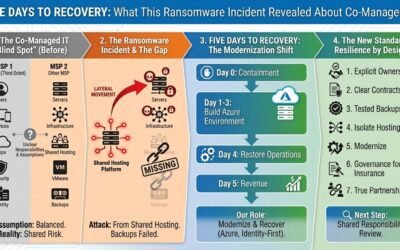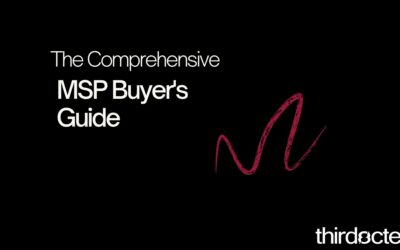“So many choices results in paralysis rather than liberation”+. Often there is so much choice, many buyers choose not to choose. More options, even good ones, can freeze us, leading us to stick with what we currently have. As a result, corporations experience loss of revenue, minimal business improvements and misguided innovation.
One example of loss of revenue, research has calculated, on average, every month of delay in a moderately or highly complex IT project translates to about $43,000 in costs. That figure can be many times greater for the most complex projects in the portfolio.**
Research conducted on mutual fund matched offers by companies to employees revealed that participation rate decreased when the number of offers exceeded 5. Employees were overwhelmed and did not choose, passing up significant matching dollars, up to $5,000 a year.
“Think about the sources of decision paralysis in your organization. Every business must choose among attractive options: growing revenue versus maximizing profitability, quality versus speed to market. Fold together lots of these tensions, and you have a surefire recipe for paralysis.”** It took only five options to overwhelm employees planning their retirement. How many options have your IT people got?
The Paradox of Choice was encapsulated by Barry Schwartz in 2004 and with the proliferation of technology, social media and products, is more relevant than ever. For context, there are now 6.5 million stereo systems to choose from for purchase.
“Technology enables everyone to work every minute of every day from anywhere on the planet.” + You can be at your son’s soccer game with a work phone in one pocket and personal phone in another but every minute watching the game is spent deciding whether to check or respond to the multiple devices you have available to you. The availability of choice forces individuals to spend every minute distracted by opportunities. This distraction subtracts from the satisfaction of our choice.
The same distraction is evident in IT trends, especially cloud computing. Cloud computing has exploded in recent years, with Gartner predicting worldwide public cloud spend to reach $204 billion in 2016+. But where and with who? Google, Amazon, Microsoft, niche players? And, if you decide to invest with one provider, will that be the best choice, the choice that outlasts the rest? And, what if the “other” cloud providers innovate faster, or ink a major agreement with a key business vendor? Will you feel dissatisfied with your decision?
The pressures and paradox of choice in IT are everywhere – in every application decision, in every hardware vendor choice, whether to remain physical or virtualize, whether to outsource or hire, to renew or lapse. The paradox, more or less, is we decide to not decide, to defer, to stay in a comfort that’s, more or less, uncomfortable, and when we do make a decision, if we do, we’re in a new zone that’s equally or more so uncomfortable, filled with regret, what if’s, and more decisions. The 4 responses to so many choices according to Barry Schwartz are the following:
- Regret and anticipated regret. Continuous improvement and innovation means what I choose will be obsolete soon and something better will become available so why choose now.
- Opportunity Costs. There are other opportunities available I am missing out on because I have chosen this one.
- Escalation of expectations. With so many choices available, I expect my choice to be perfect. Of course, it isn’t so I am not satisfied with my current vendor(s).
- Self-blame. The product or solution doesn’t meet expectations. I chose it so the failure is mine. I will be more reluctant to choose anything we haven’t had a track record of success with in the past.
There are Solutions
Do They Eat What They Cook?
- Does the vendor use the product itself? This is more than a “Yes” or “No” question, too; you want to find out how successfully the vendor uses it and if you can independently measure the impact on the vendor’s own financial performance.
Interoperability versus Locked-In
- Interoperability, where the vendor works to assure that its stuff works in heterogeneous environments. Look for openness, portability, and a vendor that tries to not be “everything to everyone”. Vendors that have a hard-lock of their solutions on “X” must be avoided – vendor lock-in is not a means to achieve future proof agility.
Best of Breed (Best Execution Venues)
- Don’t be first, be best. Align your business with the best of breed. Create a solution comparison template and update regularly. One size does not fit all. Some companies have better solutions for some aspects of the business while other companies have solutions that are a better fit. Look for vendors that strive to improve your systems. Again, avoid the “everything to everyone” vendors, and research Best Execution Venues – generally and widely accepted solutions that are best of breed and uncontested offerings (e.g. Microsoft’s Office 365).
Hybrid Solutions
- Scan the environment for solutions that are adaptable, agile and offer open-ended choices to accommodate flexibility in IT strategy and trends.
Sources:
+Barry Shwartz Ted Talk
* http://www.fastcompany.com/60934/analysis-paralysis
**http://www.cio.com
**http://www.cio.com/article/2465172/budget/6-things-to-know-about-choosing-a-new-it-vendor.html
++ http://www.gartner.com/newsroom/id/3188817





0 Comments